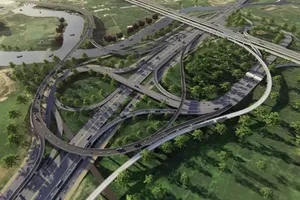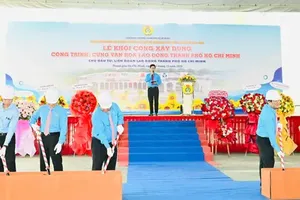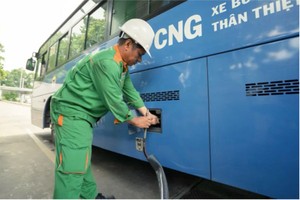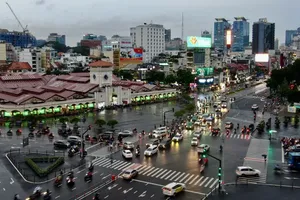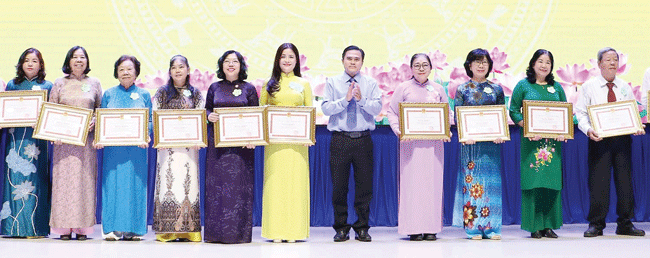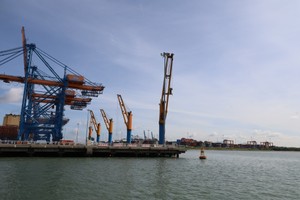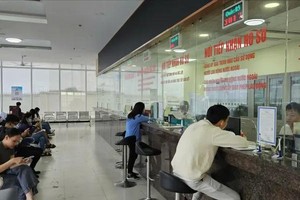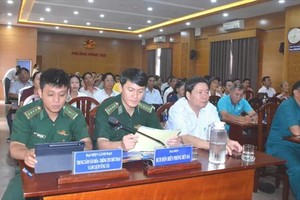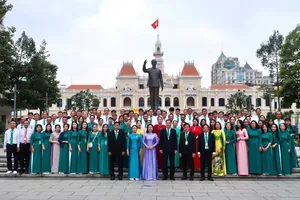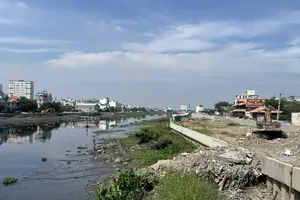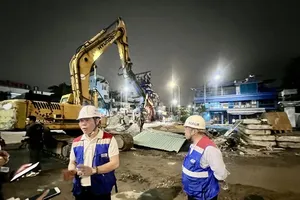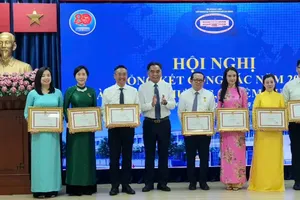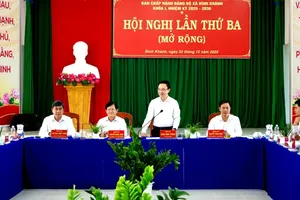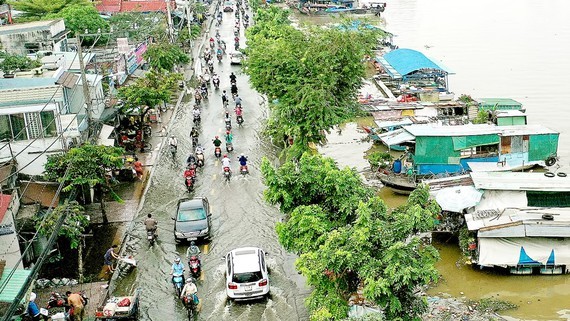
Nguyen Tung, living on Hung Phu Street in District 8, frequently complains that he has to endure flooding and stinky smell from the street in front of his house and his toilet twice at the beginning and middle of each month. Sometimes, his family even needs move upstairs to sleep because the ground floor is full of wastewater from the drainage due to exceptional high tides. Sadly, this situation is common in his neighborhood.
Jeremy Carew-Ried from Asian Development Bank (ADB), in his report about climate change in HCMC, revealed that in 2050, most districts in the city are forecast to face urban flooding, even the highest areas. The depth and duration of flooding will increase from 21-40 percent and 12-22 percent, respectively.
The most severely affected areas will be in the West and Southwest of HCMC, namely the districts of 6, 7, 8, Binh Tan, Binh Chanh, Nha Be, Can Gio, as well as part of the East side next to Saigon River. This is an alarming situation considering that the city is planning for more development in the west and southwest direction.
A similar forecast by Climate Central Organization from the US shows that HCMC will experience negative effects of climate change sooner than expected, with many areas deeply under flooding.
Highly aware of that, the Prime Minister has approved adaptation to climate change as one key factor in the Adjusted Master Planning of HCMC until 2040, with a Vision to 2060, so that the city devise suitable urban space development plans to cope with these negative effects.
Based on that planning, the HCMC Department of Planning and Architecture proposes these 4 basic strategic solutions as follows.
_Firstly, the city will develop into a multi-center one, each of which has close environment-oriented connections in order to limit the urban heat island effect while more effectively using energy via sound arrangements of urban space and functions, and reducing carbon footprint via logical traffic systems.
_Secondly, HCMC will have ecological environmental belts, formed from a series of green spaces and ventilation corridors. In addition, climate regulation lakes are built to improve disaster prevention capacity of the city.
_Thirdly, the municipal authorities are going to introduce suitable policies to ensure a harmonious development between architecture and nature and to use more renewable energy.
_Lastly, a system to manage the environment in HCMC will be launched, including a system to objectively evaluate environmental effects, the use of Geographic Information System (GIS) in environmental management, and the assignment for citizens to monitor their neighborhood as to environmental effects.
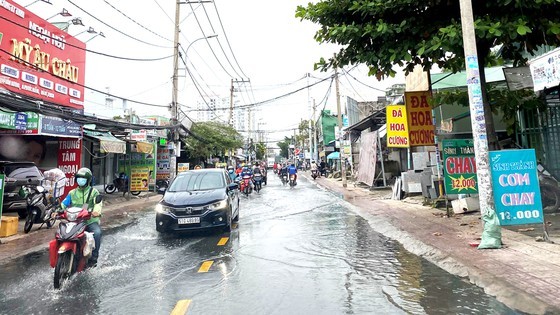
To implement the first solution, HCMC is going to significantly increase its green spaces, diffuse light, form ventilation corridors, and identify fixed cooling points. Districts in the inner city maintain their 200ha of current parks and public trees and use 250ha of free space from factory relocation to grow more trees. The city must safeguard its Can Gio mangrove biosphere reserve, as well as its protection forest and special-use forest in Binh Chanh District and Cu Chi District.
Trees for beautification purposes should be grown aesthetically to also serve tourism purposes along Saigon River, Nha Be River, and Dong Nai River.
Regarding the second solution, there will be three more ecological environmental belts integrated with agricultural land with the width of 2,000-3,000 meters. Trees will also be planted on reserved land in the North and West directions where new urban and residential areas are established (Thu Duc City, District 12, and five suburban districts) to create urban landscapes and protect the environment.
The South and East of HCMC will have the ground and streets raised, along with the construction of regulation lakes to avoid urban flooding.
The downtown area with a radius of 15km will have 4 development poles. There will be no new urban area in strict conservation and ecological restoration areas belonging to Can Gio mangrove biosphere reserve and protection forests in Binh Chanh District, Cu Chi District.
Architect Khuong Van Muoi commented that there must be priority for architectural development on high-leveled areas in the Northwest. The low-leveled ones must dig more regulation lakes and use that soil to raise the ground. Road systems and basic living infrastructure like drainage and electricity systems must be adjusted to better suit higher residential areas, which is quite costly.
Former Head of the HCMC Institute for Planning Hoang Minh Tri said that the city should avoid developing new high-rise buildings on vulnerable areas, especially the southern part, due to their weak geological layers.

